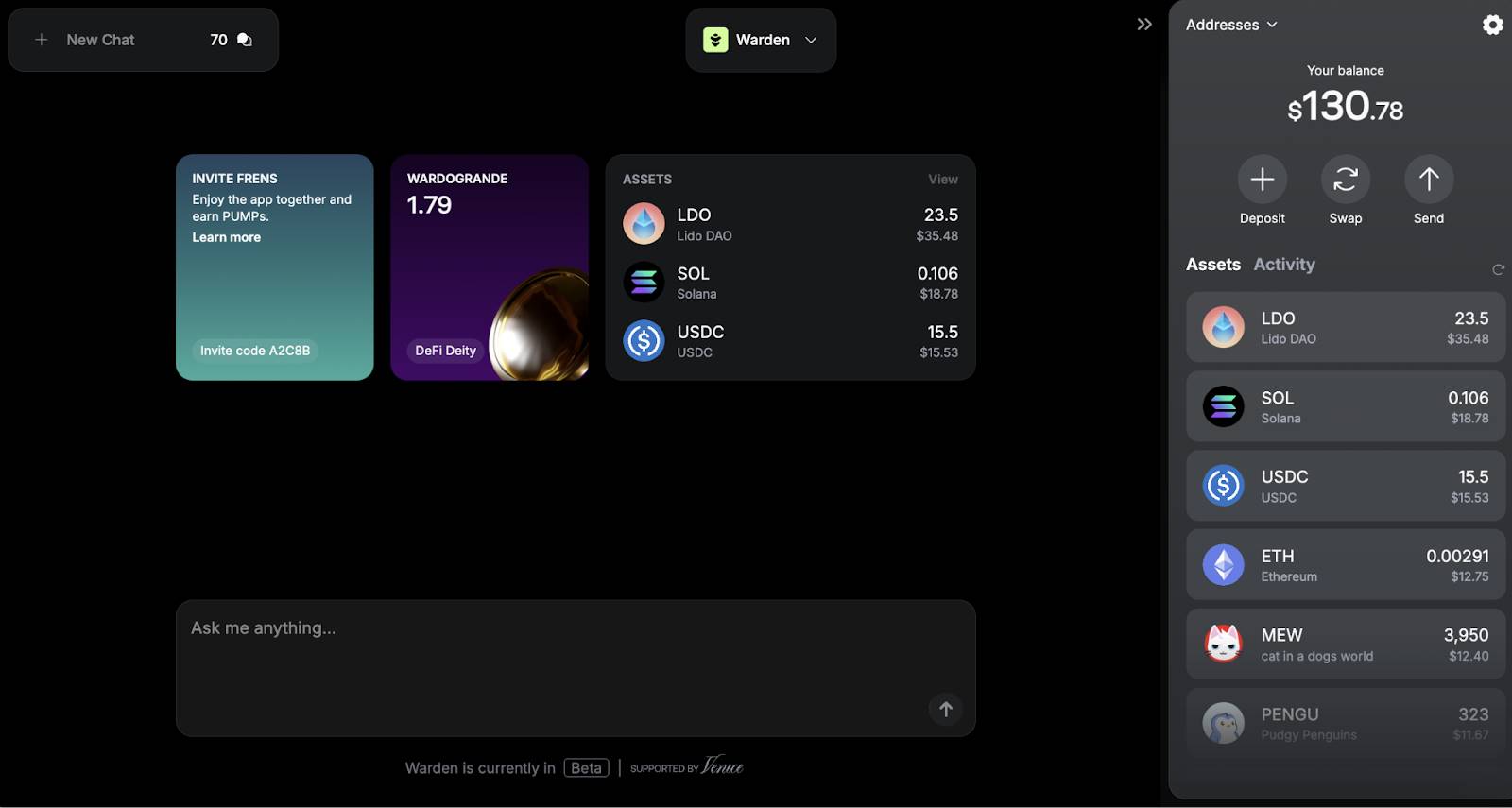Latest! DOT fast unbonding feature has been fully developed! Expected to launch after the Asset Hub migration!

The community has long been paying close attention to the progress of DOT's fast unbonding feature. Today, we’ll update you on this progress and explain the actual role of this feature within Polkadot.
On August 19, BlockDeep Labs tweeted: RFC-0097 (Staking Unbonding Queue Mechanism) has been fully developed, and all review comments have been addressed! The PR has now been handed over to the code owners (Polkadot Technical Fellowship) and will be merged according to the SDK roadmap and release cycle.
Although the exact launch date is still undetermined, BlockDeep Labs expects that this feature will most likely be scheduled after the Polkadot Asset Hub migration (November 4).
So, what exactly is RFC-0097? Why is it important? And what changes will it bring to DOT and the Polkadot ecosystem?
What is RFC-0097? Why is it important?
In Polkadot’s staking system, once DOT is bonded for staking, it must go through an unbonding period (currently 28 days) before it can be withdrawn.
This mechanism was originally designed to ensure network security: if a validator acts maliciously, slashing can cover all staked funds within the unbonding period.
However, this “fixed 28-day” model also brings a clear problem: insufficient liquidity (although we can release liquidity through vDOT, the proportion of vDOT is still relatively small compared to native staking). Many users feel the period is too long, which limits the use of DOT in terms of liquidity and is not conducive to capital efficiency and DeFi development.
To address this, RFC-0097 proposes an improvement: by introducing an “Unbonding Queue” + “Variable Unbonding Time” mechanism, it aims to strike a balance between security and liquidity.
In simple terms:
- DOT unbonding will no longer be a one-size-fits-all 28 days;
- A portion of DOT can be unlocked more quickly;
- But there will always be enough staked funds remaining in the full unbonding period to ensure security.
How does it achieve a balance of “security + liquidity”?
The design philosophy of RFC-0097 can be summarized in two points:
1. Some funds can be unbonded more quickly
- After a user initiates an unbonding request, the funds enter an “unbonding queue”;
- The system will dynamically determine the actual unbonding time for these funds based on the overall staking distribution and security parameters;
- This means that some users’ DOT can be withdrawn faster than 28 days, for example, within 2–28 days.
2. Some funds must still comply with the full period
- To avoid a decline in security, the system will require a minimum proportion of staked funds to continue observing the full unbonding period (28 days);
- This way, even if malicious behavior occurs, there will still be enough funds available for slashing.
The result is that some people can withdraw their DOT faster, but network security will not be compromised by “fast unbonding.” This is an intelligent unbonding mechanism: it prevents all funds from being locked up for too long, while also not undermining security by allowing unbonding too quickly.
For example, suppose the total DOT staked on the network is 10 million DOT. The following scenario might occur:
- 40% of the DOT can be unbonded more quickly (e.g., within 2–28 days);
- But at least 60% will be required by the system to remain in the full unbonding period (28 days) as a “security buffer.”
Why is this a key upgrade for Polkadot?
Staking is at the core of Polkadot’s security and economic model. Optimizing the unbonding mechanism is not just about “improving user experience,” but also concerns:
- Capital liquidity → Prosperity of the DeFi ecosystem: DOT can enter lending, liquidity pools, and other applications more quickly;
- Balance between security and efficiency → Institutional innovation: avoids the binary opposition of “either security or liquidity”;
- Attracting institutions and new users → Lowering the threshold: a flexible unbonding mechanism makes staking more attractive.
Staking has always been one of Polkadot’s core mechanisms. The introduction of RFC-0097 not only responds to the community’s demand for “liquidity,” but also brings a smarter, more balanced staking system to Polkadot.
In the future, when fast unbonding is truly launched, we may see more DOT flowing into DeFi, more users participating flexibly in staking, and the overall activity of the ecosystem further increasing.
As Polkadot moves towards 2.0, RFC-0097 is likely to become a key piece in accelerating ecosystem activity. Currently, RFC-0097 has completed development and review, and will next enter the code owner + Fellowship merging and launch process. It is currently expected to go live after the Asset Hub migration (November 4). Fast unbonding is on its way, so please be patient a little longer~
Disclaimer: The content of this article solely reflects the author's opinion and does not represent the platform in any capacity. This article is not intended to serve as a reference for making investment decisions.
You may also like
The Lone Warrior of Crypto Compliance: How Circle CEO Breaks Through the Double Squeeze of Tether Encirclement and Declining Interest Rates?
Circle's upcoming financial report will be a new opportunity for it to prove the effectiveness of its strategy.

One Month of Plunge After 10.11: Whale Games and Capital Outflows


Morgan Stanley says it’s harvest time as Bitcoin enters ‘fall’ season

